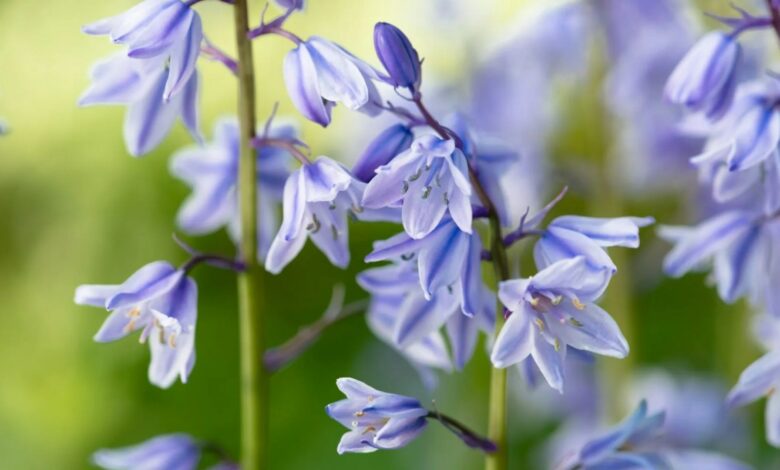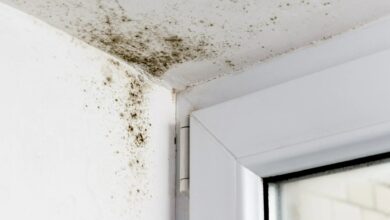Is it illegal to dig up bluebells in my garden?


Summer is here and you may be thinking about sprucing up your garden.
Perhaps you have seen a patch of bluebells in your garden but don’t know what to do with them. Here’s all the info.
Is it illegal to dig up bluebells from my garden?
It is illegal to dig up bluebells in your garden, or anywhere else.
It is forbidden to deliberately pick, uproot or destroy bluebells.
Bluebells have soft leaves that are particularly sensitive when stepped on.
If the leaves are damaged, they can no longer absorb sunlight and they die.
The National Trust advises against walking through areas of woodland with bluebells, as they are easily damaged.
Parts of the flowers may then die off, so that you see small parts rather than a carpet of bluebells.
The flower bulbs are also affected by the weight of people walking over them, causing them to grow unevenly.
Are bluebells a protected species in the UK?
Bluebells are a protected species in the UK.
They are protected under the Wildlife and Countryside Act 1981. If you dig up a wild bluebell plant you could receive a hefty fine.
More than half of the world’s bluebell populations grow in the UK.
Here are some ways you can protect bluebells:
- Never walk on or through areas of forest with bluebells
- If there is a marked trail to follow, always stay on the path
- Never pick bluebells
The National Trust has drawn up its own rules to protect the flowers.
A spokesman said: “In the most popular bluebell areas we manage, we have taken significant measures to manage the number of visitors and the flow of people walking along the route.
“By creating clearly marked walking trails for visitors to walk along, we can all enjoy the bluebells now, while preserving the flowers for future generations.”
Can I be fined if I dig up bluebells in my garden?
Yes, you can be fined if you dig up or damage bluebells.
If you are found to have dug up a patch of wild bluebells you could be fined up to £5,000.
One of the reasons bluebells are protected is because it takes a long time for the plants to become established.
It can take five to seven years for them to grow from seed to flower.
How to Get Rid of Dead Flowers on Different Plants

Deadheading – removing dead or wilted flowers from plants – is an important July gardening chore. It is done to keep plants looking attractive and to encourage more blooms.
The experts at the Royal Horticultural Society have explained exactly how to prune certain plants this July, so you can have a beautiful garden all summer long…
Bedding plants
Tender plants grown in beds, pots and hanging baskets respond well to the removal of faded flowers.
“The spent flowers of argyranthemum, heliotrope, pansies, polyanthus and petunias can be removed with your finger and thumb by pinching off the flower and stem,” according to the RHS.
Pelargoniums
The RHS advises pinching off individual flowers and then using secateurs to remove whole clusters and the long flower stalk down to just above where it joins the main stem.
“Another option is to grab the flower stem and pull it down, away from the main stem. The stem should then snap cleanly,” the experts add.
Roses
Removing faded roses is very easy by carefully breaking off the faded flowers and breaking off the stem just below the flower head.
“This method will produce more flowers faster than cutting the plant with pruning shears,” the experts say.
Shrubs
“The height of a shrub may make deadheading impractical, but examples of shrubs that benefit from deadheading include rhododendrons (and azaleas), camellias, lilacs (Syringa) and tree peonies,” the RHS says.
Use your finger and thumb to snip or pluck off each dead flower head where it attaches to the stem, or use pruning shears to cut just below the flower head – but be careful not to damage the new growth buds directly below the flower
Climbers
“Cut back faded climbing plants, especially Eccremocarpus, as this plant produces seed pods quickly,” the experts advised.
“Most have sturdy stems, so use pruning shears to cut the stems off at the base.”




